Water treatment fellows at Erhai Lake
Editor's note: Since 2006, the old, mid-aged and young water treatment specialists with the Shanghai-based Jiaotong University have settled down near the Erhai Lake, implemented a diversity of eco-projects that involved sewage disposal, wet-land construction and water improvement at estuary. Like labyrinths for eco-purification, the projects in operation have effectively improved quality of the water to be emptied into the lake. Now, Erhai features lucid waters and picturesque lakeside views. In 2020, the Erhai water quality was graded at Class II for seven months.
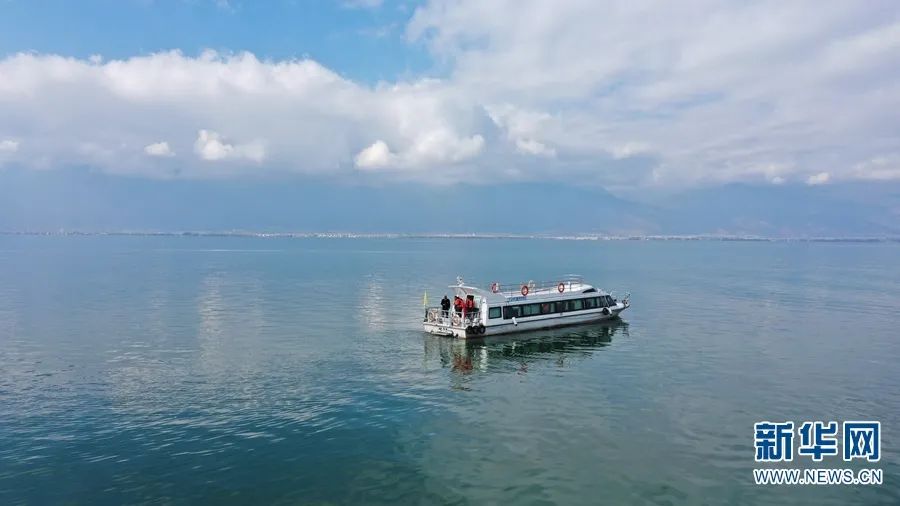
Three generations of environmentalists devoted themselves to the mission of protecting Erhai
The Erhai Lake, also the second largest freshwater lake in Yunnan province, is located in west Yunnan’s Dali Bai Autonomous Prefecture. The lake is a renowned destination among domestic and international tourists, and the public care about changes of the water quality therein. To ensure Erhai’s water quality and safety, a panel of water treatment specialists from Shanghai Jiaotong University settled near the lake, and in purifying the lake area, they carried out water sampling and data analysis two or three times a week.
A three-generation relay
At the Shanghai-based Jiaotong University, there circulates a story of “The Old Man and the Sea.” Here, the old man refers to Professor Kong Hainan at the School of Environmental Science and Engineering, while the sea denotes Yunnan’s Erhai Lake thousands of miles away from the university.

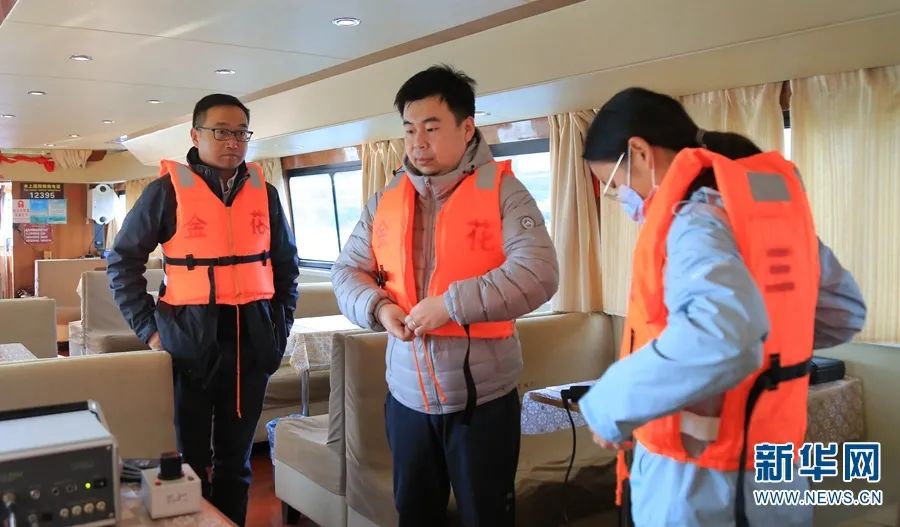
In the years of 1996 and 2003, bulks of blue-green algae emerged in Erhai twice, and the acute worsening in water quality gave rise to concerns at the national level. In 2006, Kong Hainan, aged over 50 then, became the person in charge of the Erhai Water Pollution Control and Treatment, a national key project. Since then, Kong has left his footprints in all the villages and near all the brooks in the basin. While treating the lake to the best of his academic capacity, Kong was frequently tortured by the recurrence of his heart disease. Shortly after the Erhai project passed the acceptance check, Kong returned to Shanghai, where he underwent two heart surgeries.
Later, the old man’s heavy burden was shouldered by the younger Wang Xinze, who comes from the same Jiaotong university but was born in the 1970s. As early as in 2007, Wang joined the old man Kong in carrying out the national water treatment project for Erhai. When the project was finished, both the university and the Dali government hoped to keep the panel in treating and protecting the lake. In 2004, the Yunnan Dali Research Institute of Shanghai Jiaotong University was established, and Wang was appointed president.
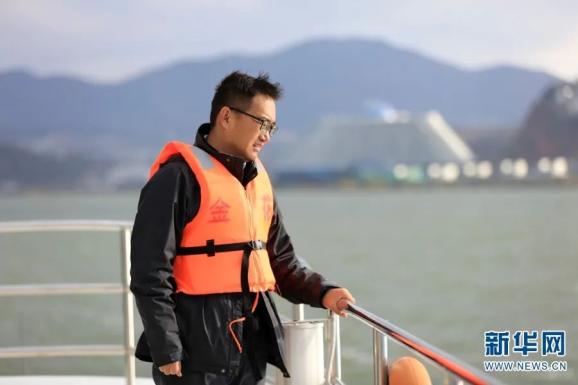

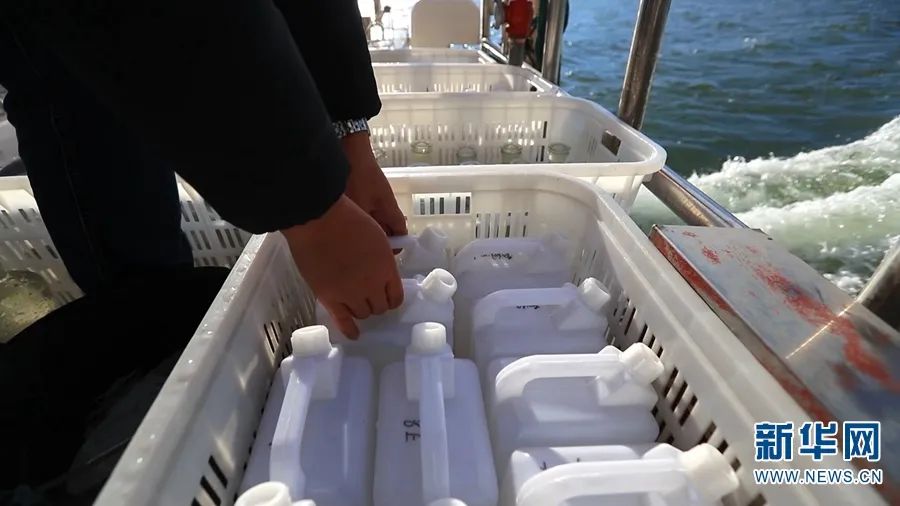
When we first met him the other day, Wang just came back from a renovation site near the Erhai lake, with sweat beads on his tanned face and a worn backpack on the shoulders. “Young people familiar with me would, in secret, compare me to a migrant construction worker,” said Wang, looking a little slovenly and ridiculing himself.
The so-called youngsters by Wang are actually 30 plus water-treatment specialists at the Dali research institute. Born in the 1980s and 90s, the energetic young scholars station near the lake all year round, continuing writing the story of “The Old Man and the Sea.”
Weariness rid of by zest
In general, the water sampling and data analysis at the Dali research institute are carried on a weekly basis. During the seasonal switching periods of April to May and November to December, however, the frequency would increase, with the maximum being once a day.
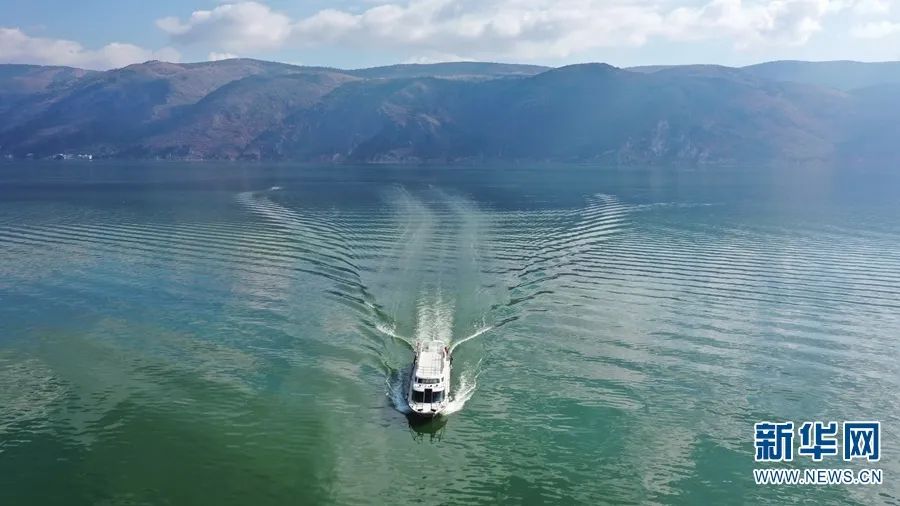
At around 9:00 am, a ship would set sail from the Dali wharf, moving eastward. On the vessel, there were a variety of bottles and jars, as well as some unknown instruments. The passengers on the ship consisted of researchers from the Yunnan Dali Research Institute of Shanghai Jiaotong University. As usual, they were expected to finish 38 water samplings and analyses at 19 locations.
Six minutes later, the vessel reached the first destination and was put to a full stop. No sooner had Wang assigned the tasks than two young men rushed out of the cabin, doing water sampling at the deck. It is stipulated that the two samples should be respectively taken at 0.5 meter below the water surface and 0.5 meter above the lakebed. Some of the water samples will be sifted, while others will be mixed with reagents. All the samples will be poured into the numbered bottles and jars.

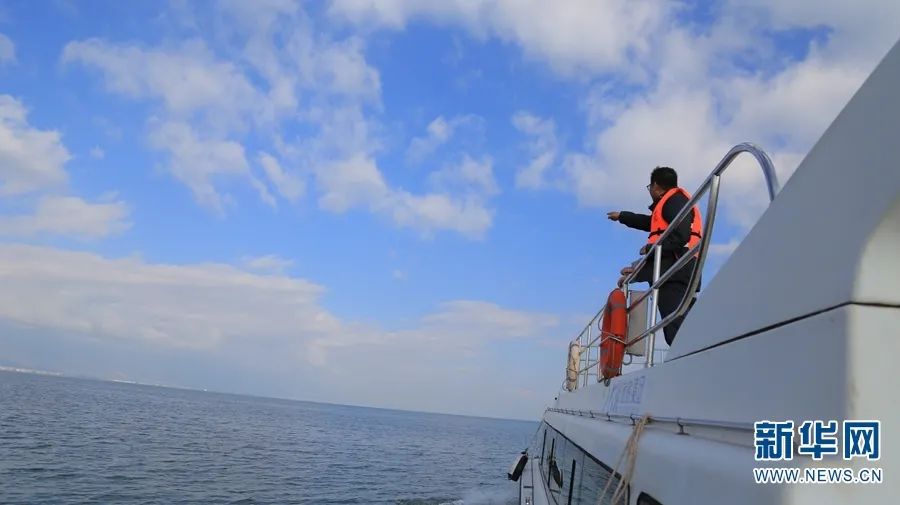
Meanwhile, another three researchers got increasingly busy in the cabin: measuring the values of PH, DO (dissolved oxygen) and temperature and observing the alga varieties and amounts. Two minutes later, the vessel set out again for the next stop.
When the researchers finished all the water samplings, analyses and recordings at 19 stops, it was 4:30pm. In the meantime, they landed only once for a short break and a boxed meal.
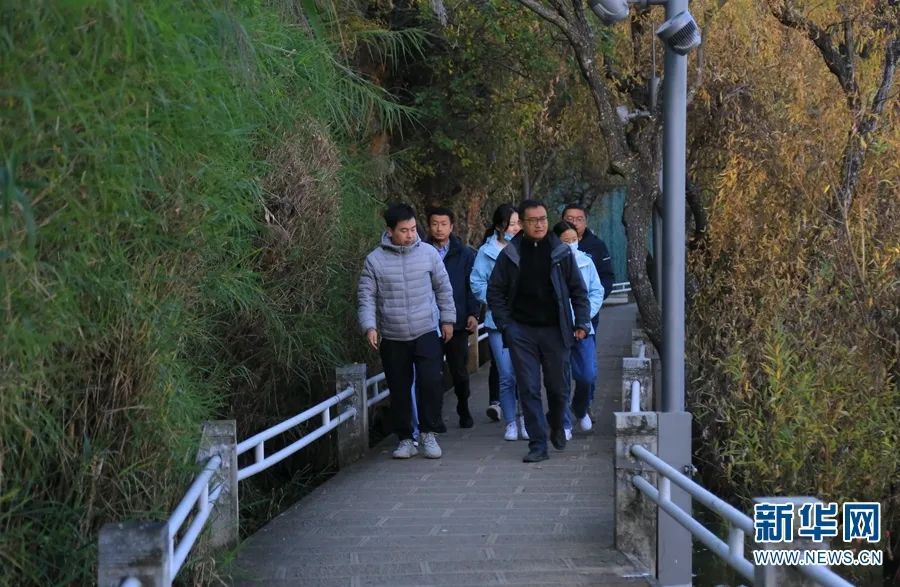
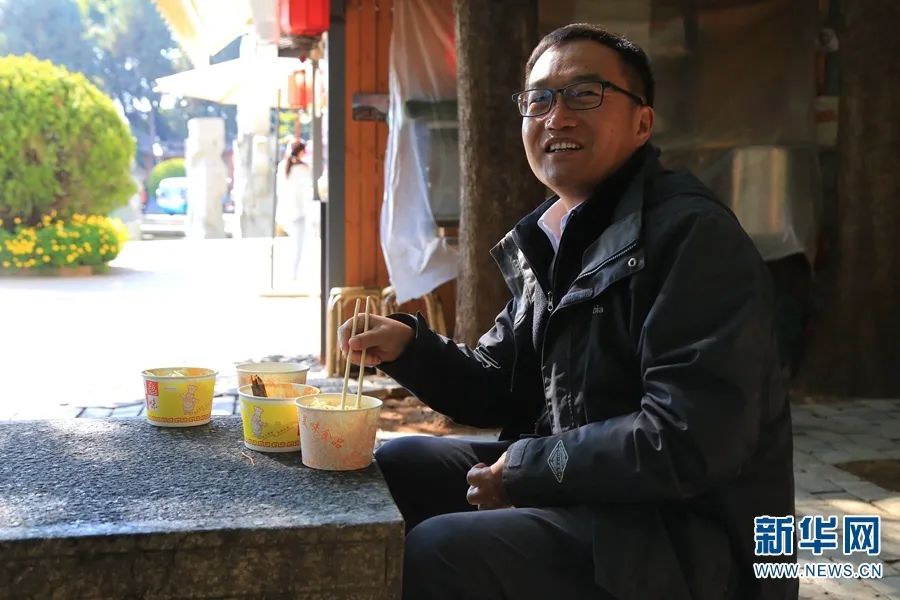
In the evening, the young fellows put away all the bottles and jars and carried them back to the lab, where the 38 water samples were pretreated, with the nitrogen and phosphorus indexes analyzed. At the same time, Wang Xinze hurried to the headquarters for a regular meet, reporting on water quality, alga types and more.
At 10:30pm, they collected all the 494 values that day. Wang, having finished the meeting, returned to the lab, double-checked the water-quality table and sent it to the headquarters. Finally, he called it a day. It was dark and cold when Wang walked out of the lab. At the question of whether he is tired or not, Wang shook his head and said: “you can never be tired so long as you have zest in it.”
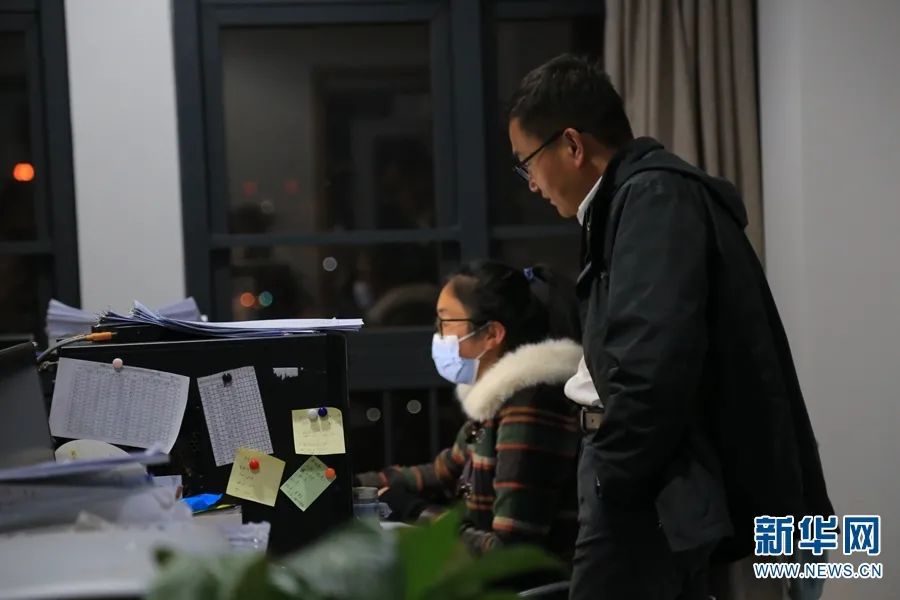
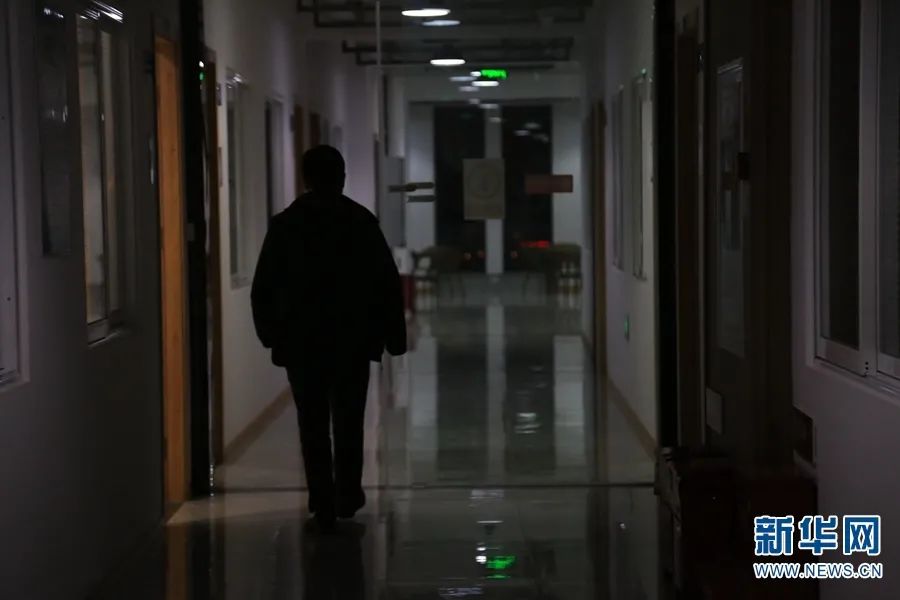
Since August 2017, water sampling has been persisting to collect data for scientific research. The data also helped the management a lot in knowing the lake water conditions in time, so that actions were taken accordingly.
Besides water sampling, the old, mid-aged and young specialists in water treatment also implemented a diversity of eco-projects near the Erhai Lake. Like labyrinths for eco-purification, the projects in operation have effectively improved quality of the water to be emptied into the lake. In 2020, the Erhai water quality was graded at Class II for seven months, and in the 13th Five-Year Plan period (2016-2020) the water quality was Class II for 32 months. No alga in bulk was recorded.
Source: Xinhua Net; Trans-editing by Wang Shixue